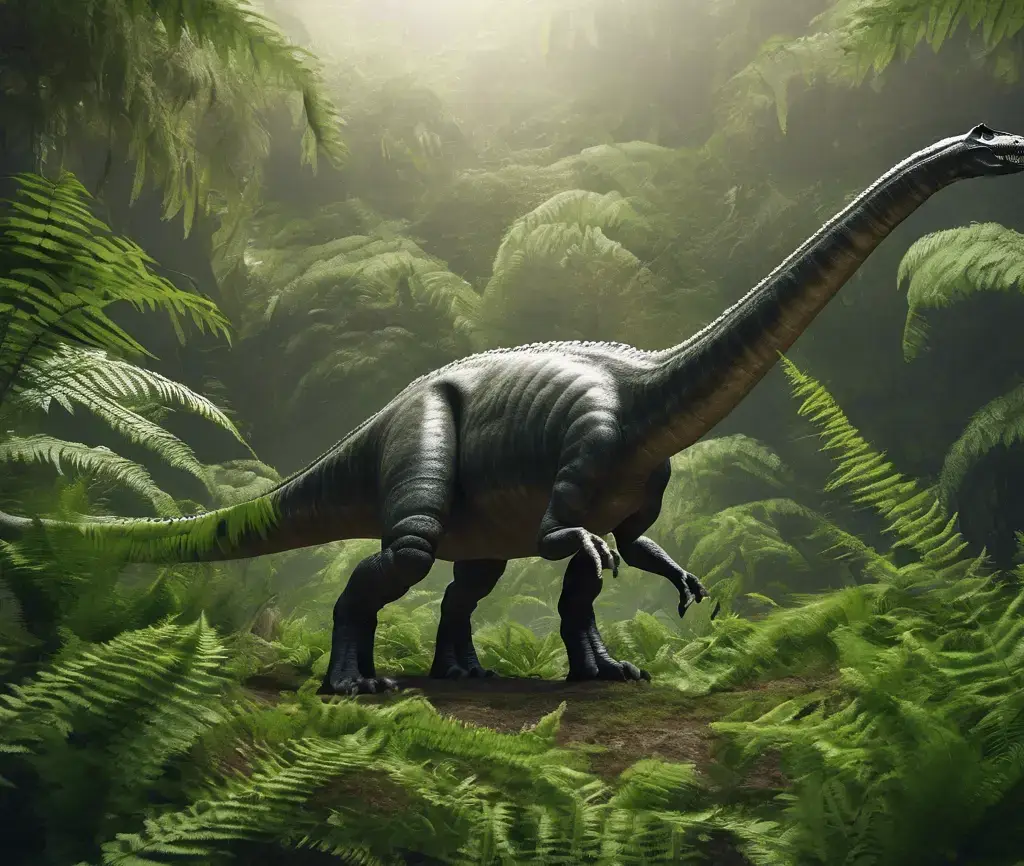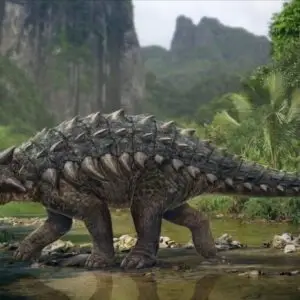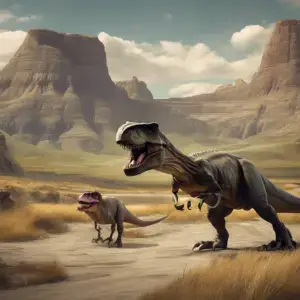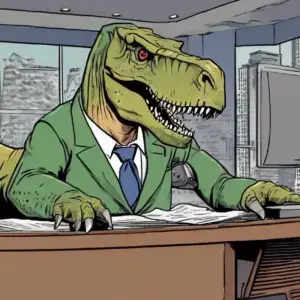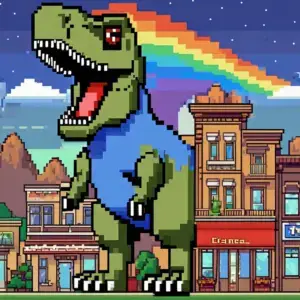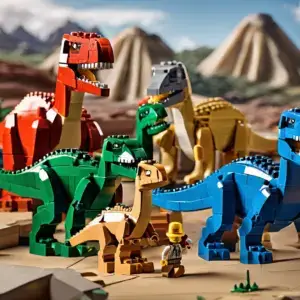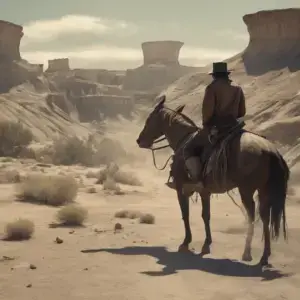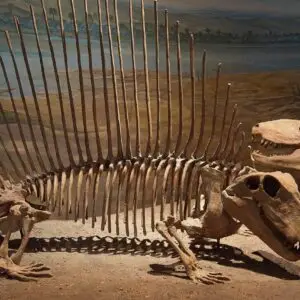Diplodocus: The Longest Dino with a Tiny Brain
Tour Guide AJ Frey
Things to do in Drumheller
Discover Diplodocus’ record-breaking length, whip tail, and quirky brain in this epic read.
Diplodocus: The Longest Dino with a Tiny Brain
Picture a dinosaur so long it could stretch across three school buses parked end to end. That’s Diplodocus, a Jurassic giant that roamed North America 150 million years ago. With its whip-like tail, peg-like teeth, and a brain the size of a walnut, this gentle herbivore is a prehistoric marvel. Let’s unravel the tale of this long-necked legend and see why it’s one of the most jaw-dropping dinosaurs ever.
A Body Built for Length
Record-Breaking Reach
Diplodocus holds the crown for one of the longest dinosaurs, stretching up to 80 feet from nose to tail tip—sometimes even 90 feet in rare cases. Most of that length came from its neck and tail, with the neck alone reaching 20 feet. Fossils found in places like Wyoming and Utah show it towered over its peers, a living skyscraper of the Jurassic plains.
Lightweight Design
Despite its size, Diplodocus wasn’t heavy—estimates peg it at 15 to 25 tons, lighter than bulkier sauropods like Brachiosaurus. Its secret? Hollowed-out vertebrae that kept it nimble, a bit like nature’s own engineering trick to balance length and agility.
The Whip Tail Wonder
A Sonic Boom?
That tail wasn’t just long—it was a weapon. Stretching over 40 feet, it tapered into a thin, whip-like end. Some scientists think Diplodocus could flick it fast enough to break the sound barrier, creating a crack louder than a gunshot. Imagine herds snapping their tails to scare off predators like Allosaurus!
Defense and Display
Even if it didn’t go supersonic, the tail was a deterrent. Swinging it side to side, Diplodocus could smack attackers or signal friends across the Jurassic landscape. It was part lash, part flag—a multitasking marvel.
A Tiny Brain in a Big Body
Walnut-Sized Wisdom
Here’s the quirky part: Diplodocus had a brain smaller than a tennis ball—about 2 ounces—tiny for its massive frame. Located at the back of its skull, it handled basics like eating and moving. But don’t call it dumb; it thrived for millions of years with this setup, proving size isn’t everything.
Second Brain Myth
Old theories claimed it had a “second brain” near its hips to control that long tail. Turns out, it was just a nerve cluster—a spinal booster, not a brain. Still, it’s a wild idea that stuck around in dino lore!
Eating Like a Vacuum
Peg Teeth and Plant Power
Diplodocus munched low-lying plants with pencil-shaped teeth up front—no grinding molars here. It likely stripped ferns and cycads, swallowing them whole. With its neck sweeping side to side, it vacuumed up greenery like a living lawnmower across Jurassic forests.
Stones for Digestion
No chewing? No problem. It swallowed gastroliths—smooth stones—to grind food in its stomach, a trick shared with modern birds. Fossils show piles of these stones, proof of its quirky digestive game plan.
A Jurassic Legacy
Fossil Fame
Diplodocus skeletons grace museums worldwide, thanks to finds by paleontologist Othniel Charles Marsh in the late 1800s. Andrew Carnegie even gifted plaster casts to places like London’s Natural History Museum, where “Dippy” became a star. Its fossils reveal a peaceful giant that shaped our view of sauropods.
Living Cousins
Like other dinosaurs, Diplodocus connects to birds via its hollow bones and posture. Next time you see a giraffe stretching for leaves, think of Diplodocus—nature’s long-necked pioneers share a vibe across eons.
Diplodocus wasn’t flashy or fierce, but its sheer length and quirky traits make it unforgettable. From sonic tails to tiny brains, it’s a Jurassic oddball that ruled by being itself—a gentle giant worth celebrating.

